Engaging in sports is a fantastic way for kids to stay active, develop essential life skills and build friendships. However, amid the cheers and victories, there’s an often-overlooked aspect that plays a pivotal role in ensuring the well-being of young athletes – washing their sports equipment.
The risks of neglecting sports equipment hygiene
Beyond the inevitable bumps, breaks and bruises that come with the territory, taking part in sports exposes kids to the risk of infections like ringworm, lice and rashes that result from skin-to-skin contact and shared sports gear. To minimize these risks, it’s important for parents and coaches to prioritize the cleanliness of sports equipment.
Practical steps for maintaining sports equipment hygiene
- Frequency of washing: You should aim to wash jerseys, socks and other equipment at least once a week — and even more often if your child is highly active. Regular washing helps get rid of bacteria and prevents the accumulation of germs that can lead to infections.
- Avoiding gear sharing: Encourage kids not to share headgear, as this can easily spread ringworm and lice to the scalp. Establishing a sense of personal responsibility for one’s gear helps create a hygienic sports environment.
- Disinfecting: In situations where equipment doesn’t fit in a standard washing machine, keep a disinfectant spray in your child’s gym bag. Regularly spraying down equipment helps keep a clean and safe playing environment.
Finding and addressing infections
- Recognizing warning signs: Parents should be vigilant for signs of infections, such as rashes, blisters or scabs, especially in high-contact sports like wrestling. Any sudden appearance of crusty, scabby or blistering skin should be promptly addressed as potential signs of infection.
- Urgent medical attention: If your child develops a blistering rash along with a fever, seek medical attention at once. Prompt action can prevent the escalation of potential infections and safeguard your child’s overall health.
Preventing fungal infections
- Athletes’ foot awareness: Due to the intense sweating involved in sports, athletes are prone to fungal infections like athletes’ foot. Be on the lookout for persistent rashes and consult a dermatologist for proper diagnosis and treatment.
Beyond the thrill of victories and camaraderie, the cleanliness of sports equipment is important in ensuring the well-being of your young athlete. By instilling good hygiene practices, such as regular washing and equipment care, parents and coaches contribute to a safer and healthier sports environment, allowing children to fully enjoy the numerous benefits of engaging in physical activities.
 https://riseandshine.childrensnational.org/wp-content/uploads/2025/06/soccer-team-feature.jpg
300
400
webteam
https://riseandshine.childrensnational.org/wp-content/uploads/2017/11/childrens_riseandshine_logo.jpg
webteam2025-06-05 16:30:042025-06-06 09:45:10Supporting your young athlete’s attention and executive functions in sports
https://riseandshine.childrensnational.org/wp-content/uploads/2025/06/soccer-team-feature.jpg
300
400
webteam
https://riseandshine.childrensnational.org/wp-content/uploads/2017/11/childrens_riseandshine_logo.jpg
webteam2025-06-05 16:30:042025-06-06 09:45:10Supporting your young athlete’s attention and executive functions in sports




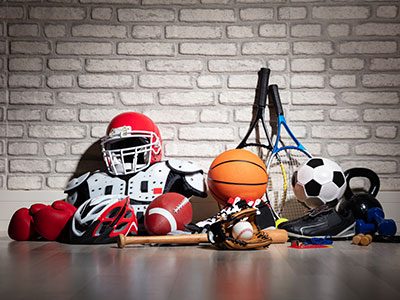
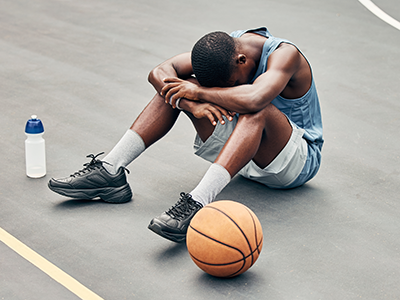

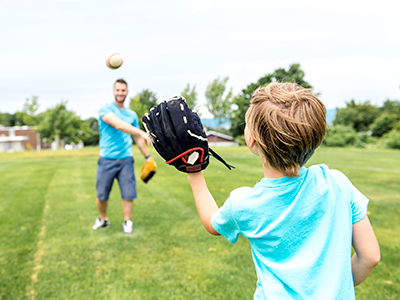

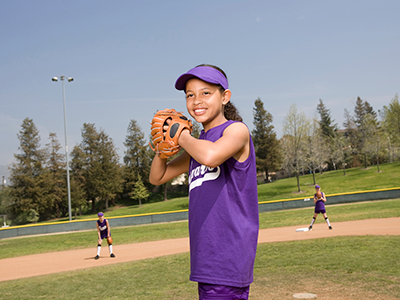
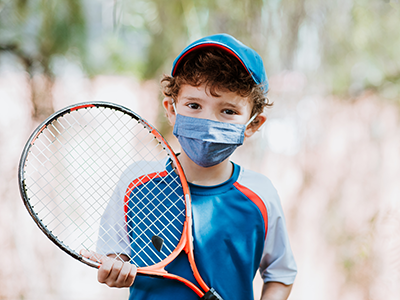
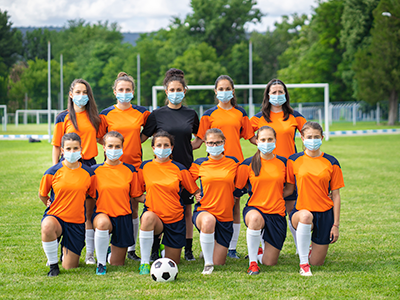


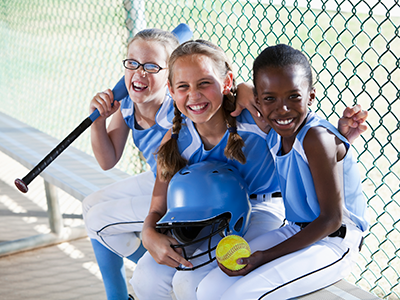


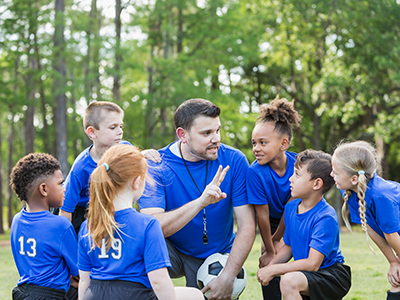



Leave a Comment
Want to join the discussion?Feel free to contribute!